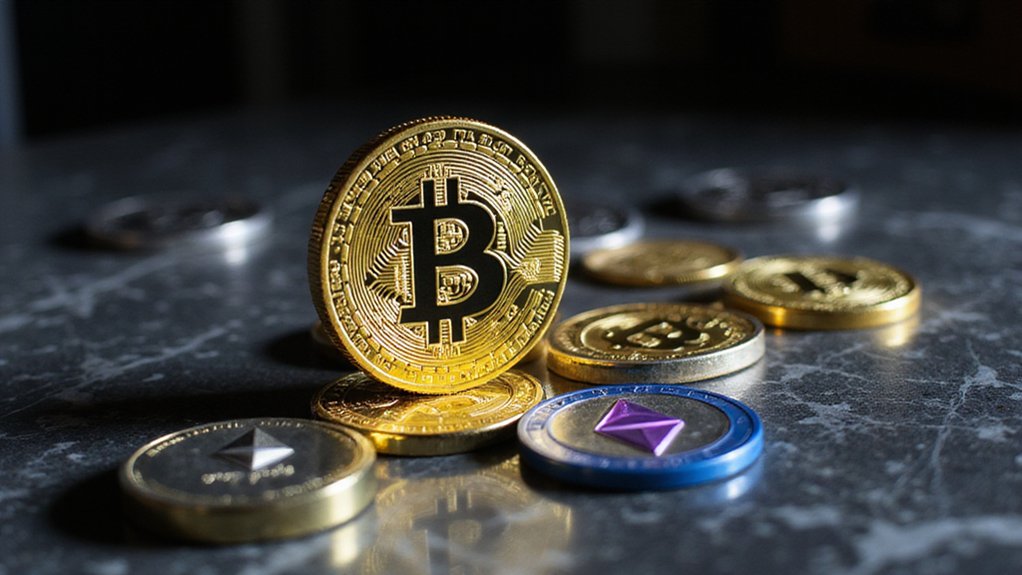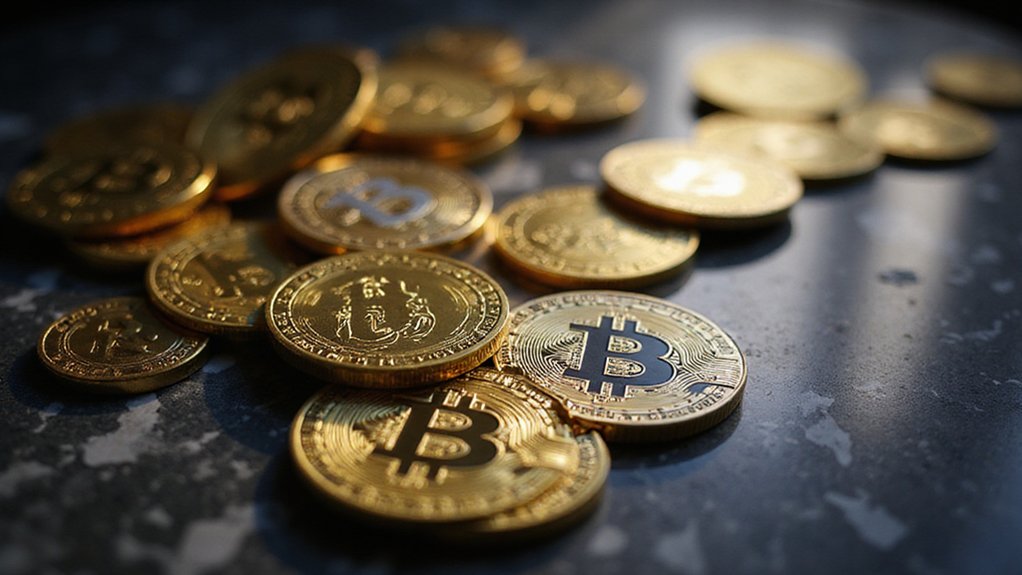OKB’s ascent into the stratosphere—a breathtaking 170% surge in a single trading day—offers yet another reminder that in cryptocurrency markets, scarcity remains the ultimate aphrodisiac. OKX’s announcement of burning 65.26 million OKB tokens scheduled for August 15, 2025, sent investors into a feeding frenzy that would make Bitcoin maximalists blush with envy.
In cryptocurrency markets, manufactured scarcity triggers primal investor instincts that rational analysis simply cannot contain.
The mathematics behind this euphoria tell a compelling story. From an initial supply of roughly 300 million tokens, OKX plans to incinerate the vast majority, leaving a mere 21 million in circulation—a supply reduction so dramatic it makes central bank quantitative tightening look positively generous. The $7.6 billion token burn, sourced from past buybacks and reserves, represents the largest such destruction in OKX’s corporate history.
Market dynamics responded predictably yet spectacularly. OKB peaked near $150 before settling into a more sustainable range between $115-$130, establishing new technical support levels around $74 (previously resistance territory). This breakout shattered months of narrow-range consolidation, though analysts maintain characteristic caution about rally sustainability—because nothing breeds skepticism quite like sudden wealth creation.
The timing proves fortuitous, coinciding with X Layer blockchain upgrades that deliver 5,000 transactions per second and near-zero gas fees through Polygon CDK technology. Enhanced Ethereum compatibility and improved security alignment suggest OKX’s ambitions extend beyond mere token theatrics into genuine infrastructure development.
Perhaps most intriguing is the ecosystem consolidation strategy. OKTChain faces retirement, with OKT tokens automatically converting to OKB based on July-August 2025 average closing prices. This migration transforms OKB into X Layer’s exclusive utility token, streamlining what was previously a fragmented tokenomics structure.
The enhanced utility encompasses trading fee discounts, staking mechanisms, and ecosystem access—standard cryptocurrency playbook moves executed with uncommon precision. OKX’s regulatory expansion plans into Germany and Poland suggest institutional confidence in this reconfigured token architecture.
Unlike leading DeFi platforms that face regular security audits, OKB’s centralized exchange foundation provides different risk-reward parameters for potential adopters. Whether this represents sustainable value creation or elaborate market manipulation remains the eternal cryptocurrency question. Yet with circulating supply approaching Bitcoin-esque scarcity and utility expanding across DeFi and NFT integration, OKB’s transformation from exchange token to ecosystem cornerstone appears remarkably calculated.








